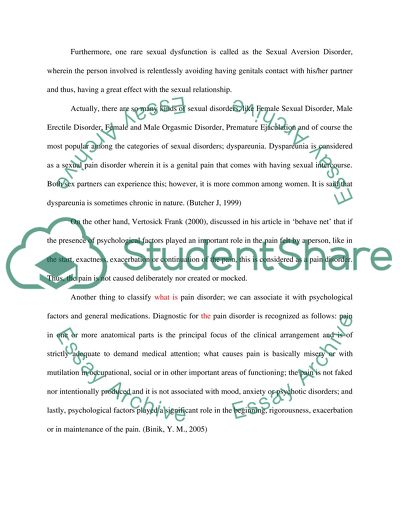Cite this document
(“Dyspareunia Essay Example | Topics and Well Written Essays - 2500 words”, n.d.)
Dyspareunia Essay Example | Topics and Well Written Essays - 2500 words. Retrieved from https://studentshare.org/miscellaneous/1513674-dyspareunia
Dyspareunia Essay Example | Topics and Well Written Essays - 2500 words. Retrieved from https://studentshare.org/miscellaneous/1513674-dyspareunia
(Dyspareunia Essay Example | Topics and Well Written Essays - 2500 Words)
Dyspareunia Essay Example | Topics and Well Written Essays - 2500 Words. https://studentshare.org/miscellaneous/1513674-dyspareunia.
Dyspareunia Essay Example | Topics and Well Written Essays - 2500 Words. https://studentshare.org/miscellaneous/1513674-dyspareunia.
“Dyspareunia Essay Example | Topics and Well Written Essays - 2500 Words”, n.d. https://studentshare.org/miscellaneous/1513674-dyspareunia.


